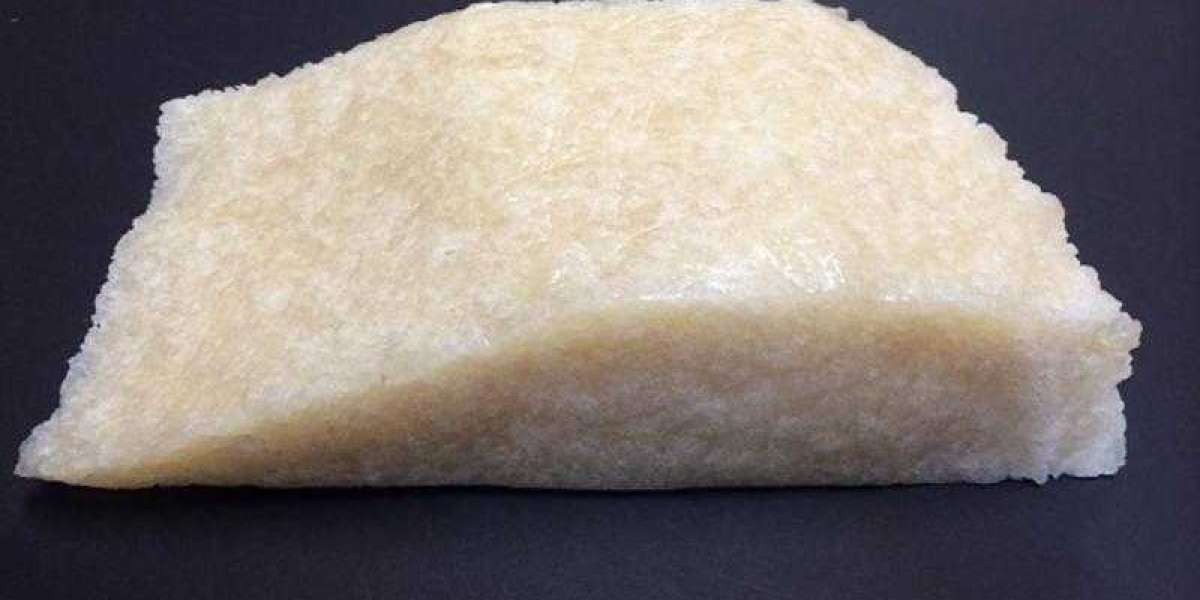The Styrene Butadiene Rubber (SBR) Market in North America and Europe continues to evolve amidst shifting industrial demands, sustainability regulations, and technological innovation. While these mature markets are no longer the largest consumers compared to Asia-Pacific, they remain critical due to their high-value applications, R&D capabilities, and regulatory influence on global standards.
This article examines the growth patterns, key industries, leading players, and significant challenges shaping the SBR market in North America and Europe.
Overview of Regional Market Dynamics
North America
The North American SBR market is supported by well-established automotive, construction, and consumer goods sectors. The U.S., Canada, and Mexico serve as both producers and consumers of SBR, with demand being driven primarily by:
Replacement tire market
Industrial applications
Footwear and adhesives
The United States leads the region with a focus on high-performance SBR types, particularly for fuel-efficient and winter tires, which are increasingly in demand due to environmental regulations and consumer awareness.
Europe
Europe’s SBR market is highly regulated, with strong emphasis on environmental sustainability, low-emission production, and circular economy principles. Key contributors to market growth include:
Germany, France, Italy, and the UK in automotive and industrial rubber usage
A strong presence of premium tire manufacturers
Expansion of recyclable and renewable rubber research
Europe is home to major companies and R&D centers that drive innovation in functionalized SBR, bio-based polymers, and green tire technologies.
Key Growth Drivers
1. Automotive Industry Evolution
North America and Europe are hubs for premium vehicle manufacturing, demanding high-performance tires.
The rise of electric vehicles (EVs), particularly in Europe, is accelerating the need for low rolling resistance tires, driving the demand for solution SBR (S-SBR).
OEM and aftermarket tire sales remain robust, particularly for all-season and winter tire segments.
2. Sustainability Regulations
Both regions enforce stringent environmental regulations. These include:
European Union’s REACH regulations for chemical safety
Tire labeling laws promoting low-emission, high-performance tires
Green manufacturing incentives in both regions
These policies push manufacturers to transition from emulsion SBR (E-SBR) to solution SBR, due to its superior environmental performance.
3. Technological Leadership
Europe and North America are investing heavily in research and development.
Innovation in polymer modification, additive formulation, and bio-based feedstocks are shaping the next generation of SBR.
These regions set trends and standards that often ripple through global markets.
Challenges Impacting Market Growth
Despite strong fundamentals, the Styrene Butadiene Rubber (SBR) Market in these regions faces several challenges:
1. High Production Costs
Stringent environmental compliance increases operational costs.
Energy and labor costs are higher than in Asia, leading to competitive disadvantages.
Smaller players struggle to maintain profitability amidst these pressures.
2. Dependency on Raw Materials
North America and Europe import significant volumes of butadiene and styrene, making them vulnerable to global price volatility.
Disruptions in global supply chains, especially during geopolitical crises or pandemics, have highlighted the need for supply chain resilience.
3. Market Saturation
The markets are relatively mature, leading to slower growth rates compared to Asia-Pacific.
The focus has shifted toward value addition rather than volume expansion.
4. Competition from Sustainable Alternatives
Growing interest in natural rubber blends, thermoplastic elastomers, and bio-based alternatives pose competition for traditional SBR.
Key Industry Players in the Regions
North America
Goodyear Tire & Rubber Company
Lion Elastomers
Trinseo
Eastman Chemical Company
Europe
Michelin
Lanxess
Synthos S.A.
Versalis (ENI Group)
These companies are at the forefront of developing functionalized and sustainable SBR solutions while actively participating in circular economy programs and green tire partnerships.
Opportunities on the Horizon
Expansion into EV-specific tire compounds
Growing demand for SBR in non-tire applications like footwear, adhesives, and coatings
Potential for localizing raw material production to reduce import dependence
Integration of digital manufacturing and quality control systems
Conclusion
While facing unique growth limitations, North America and Europe continue to be key players in the Styrene Butadiene Rubber (SBR) Market through innovation, regulation, and premium product demand. Their leadership in sustainable practices, R&D, and high-performance applications ensures that these regions remain crucial to the evolution of global SBR production and usage. Navigating challenges like cost pressures and material sourcing with innovation and strategic investments will be essential for market resilience and growth.



